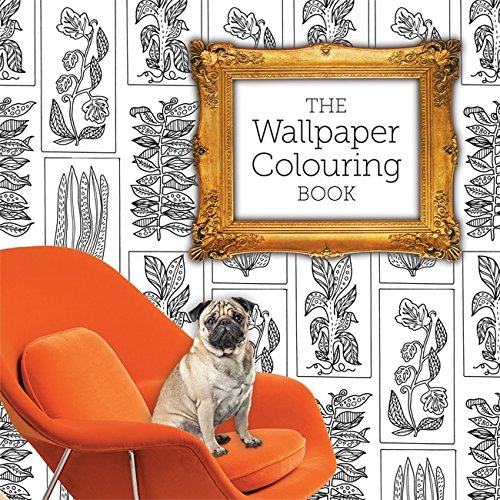Not long ago, I visited my friend for her birthday. Amongst the gifts she received was an interesting looking book, cast open on her coffee table. The pages were entirely black and white designs, except for the pug dogs sitting on the corners.
My friend is a cat person, so the present struck me as odd, especially when I learnt that it was from her mother. So I picked it up, and looked at the title.
I had heard of adult colouring books, but this was the first I’d seen. At around 100 pages, it consisted of intricate designs, each possibly taking hours to complete in the hands of the committed. Yet there was still something explicitly childlike about the images. Ignoring the complex detail, the scenes found within the book weren’t unlike those you would see pictured in one designed for children.
The more I looked, the more I realised this was the standard. Game of Thrones wasn’t so far from the kind of medieval fantasy book I had as a child, while the Ryan Gosling designs seemed more adult-focused in theme rather than difficulty.
It was the same for such other Kidult toys like the more elaborate Lego boxes, or action figures like the Batman doll with 50 manipulatable joints on its body. Mature, yes. Refined in design, yes. But not so different from what we played with as kids.
And therein lies the appeal. Neuropsychologist and neuroscientist Dr Stan Rodski recently began producing his own series of adult colouring books as a way to help clients relax when normal outlets such as meditation failed.
In an interview with ABC Radio National, he explained that there are three key factors found in the process of colouring that have a calming influence: repetition, pattern, and detail.
Unlike hobbies that require development of skills, colouring or playing with building blocks come as natural to us. Nevertheless, people are rarely happy with their first attempts in such activities, so the process becomes as habitual as meditation or exercise is for others. Soon enough, the dedicated are allocating a segment of their day to tuning out from the digital world to focus on colouring between the lines.
Then, of course, there’s the nostalgic factor. Most of us can potentially imagine a line drawn between the last time we remember playing with toys and when we first faced the grim, stressful realities of life. So it makes sense that being able to jump back over the line provides a sense of comfort and relaxation we may otherwise be unlikely to find. It’s a concept that has driven the Hollywood system for years. The difference here is that your nostalgia is not being marketed to. Not yet, at least. We’ll get back to that soon.
Outside of the therapeutic value lies simple entertainment value. Returning to my friend, she told me how her grandmother has a habit of buying colouring books and placing them on the table during Christmas lunch. Once the meal is done, all the family members grab one and start colouring in. The activity keeps the group – ranging in ages from mid 20s to early 70s – from leaving the table; they chat while they play, and nobody turns to their phone or considers switching on the TV, because they are simply enjoying themselves.
While the Kidult toy industry isn’t a substantial player in the Australian or North American markets at present, they are certainly gaining strength throughout Europe and Asia.
An analysis by Euromonitor found that in a rapidly ageing Japan, nearly 25% of toys are purchased by people over the age of 20. Similar figures were reported in Germany. In South Korea, there are an estimated 50,000 members of Kidult community groups, while on Reddit there are over 11,000 fans on the Adult Fans of Lego page alone.
While there are often high-tech varieties available, it is the tried-and-true, analogous variety of toys from our youth that are the most popular, and most successful. When soccer star David Beckham announced that he’d bought the Lego Taj Mahal model (which is made up of 5,922 individual pieces), sales rose an incredible 663% in a day.
Me? I’m more of a fan of Metalbeard’s Sea Cow from The Lego Movie.

